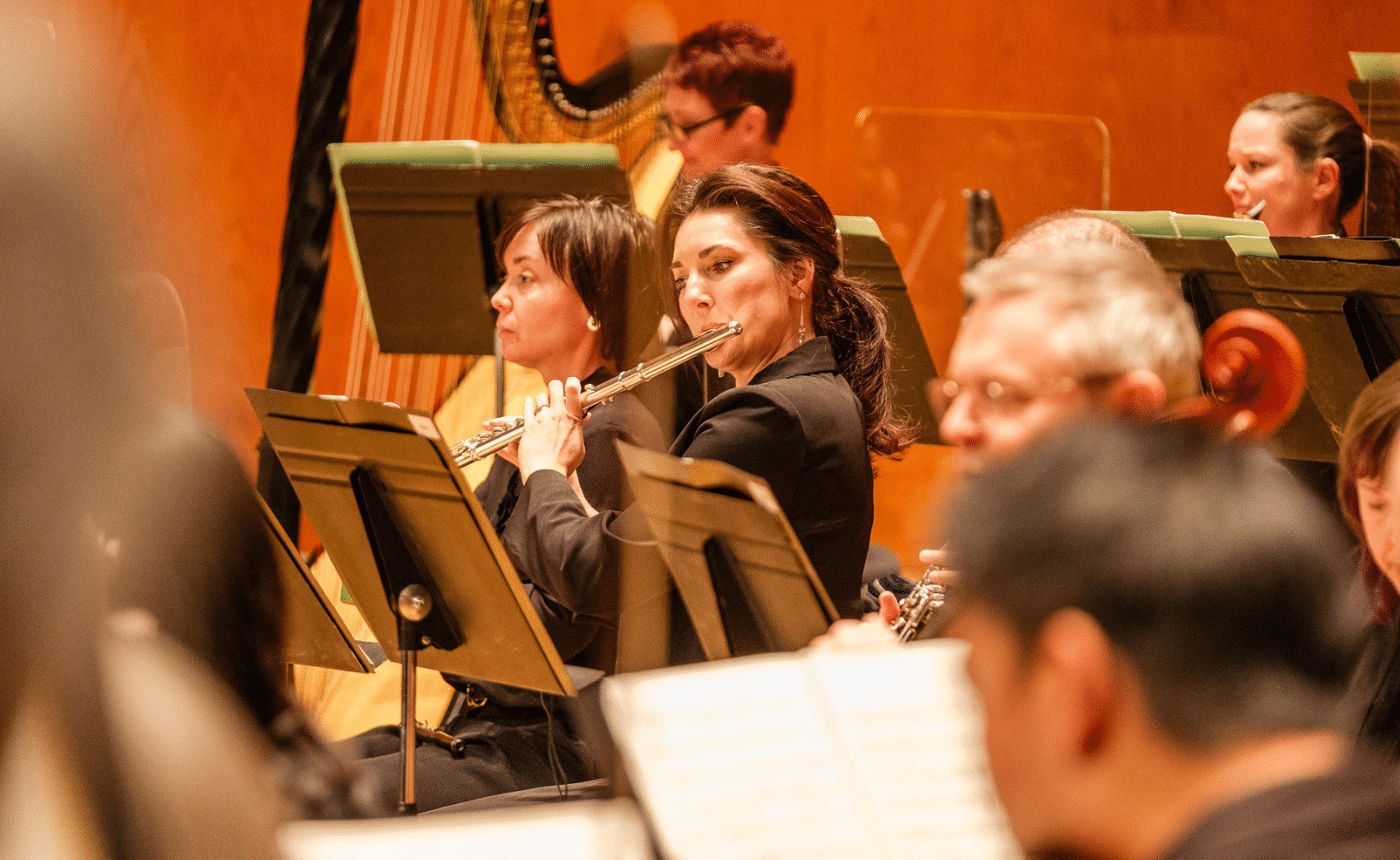BRAHMS: Symphony No. 1
by Jeff Counts
THE COMPOSER – JOHANNES BRAHMS (1833-1897) – Composers are not typically people who take their time with things, at least not by choice. Theirs is a history full of urgent prodigy lore and headlong rushes into the future, which is why we make such a fuss over how long Brahms waited to compose his first symphony. Mozart was 8 and Mendelssohn was 15. Haydn and Schumann were in their 20s. Not Brahms. No way. He was a robust and mature 43 in 1876 when his Symphony No. 1 finally had its premiere. The fact that he had been quietly pondering the symphony genre since as far back as 1854 speaks to how seriously he considered this step, and perhaps also confirms how uneasy he was about it.

THE HISTORY – The symphony form was, for Brahms, the ultimate test of any composer’s abilities and the foremost material from which their legacy should be assessed. Like all good students of promise, he had been aware from an early age of the grand Austro-Germanic symphonic tradition that was brought into full bloom by Beethoven. He was also conscious of the fact that, though people were very much on the lookout for one, Titan Ludwig’s successor had not yet been named. Brahms’ earliest attempt at symphonic scope followed a somewhat diagonal trajectory and, after he flinched at the precipice of full realization, that particular score became the First Piano Concerto instead of the First Symphony. The clear influence of Beethoven could be heard throughout, but the master’s formidable shadow was truly on Brahms now, causing him to shy even further away from symphonies (and all other purely orchestral works in general for a time). Just before he finally produced a pair of string quartets (that other critical compositional litmus), Brahms put an end to all speculation by saying he would never write a symphony, claiming he could still hear the “giant marching behind him.” He was 40 years old at that point and it was as if the conquering of the string quartet genre would be his one and only attempt to stare down Beethoven’s ghost, as if he only had enough strength to do that deed once. Not so, thankfully. Brahms had sent some sketches to Clara Schumann back in 1862 that sent tentative signals that he might someday be ready to make his own statement as a symphonist, even if someday wasn’t that day. Still, she recognized then a new boldness in Brahms’ voice and even though it would require another decade-plus to fully incubate, this was the material that would grow into his grand and “rather strong” masterpiece, the Symphony No. 1. Of course, Brahms had to endure the obligatory “Beethoven’s 10th” remarks (he still does), but the “Ode to Joy”-like anthem of his finale suggests he expected it – and embraced it.
THE WORLD – Elsewhere in 1876, Spain’s Third Carlist War ended, Queen Victoria took the title “Empress of India” and, back in the United States, the country celebrated its centennial and founded baseball’s National League.
THE CONNECTION – Brahms 1 gets programmed regularly on the Utah Symphony’s Masterworks series. The most recent performances occurred in September 2016 under Thierry Fischer.












